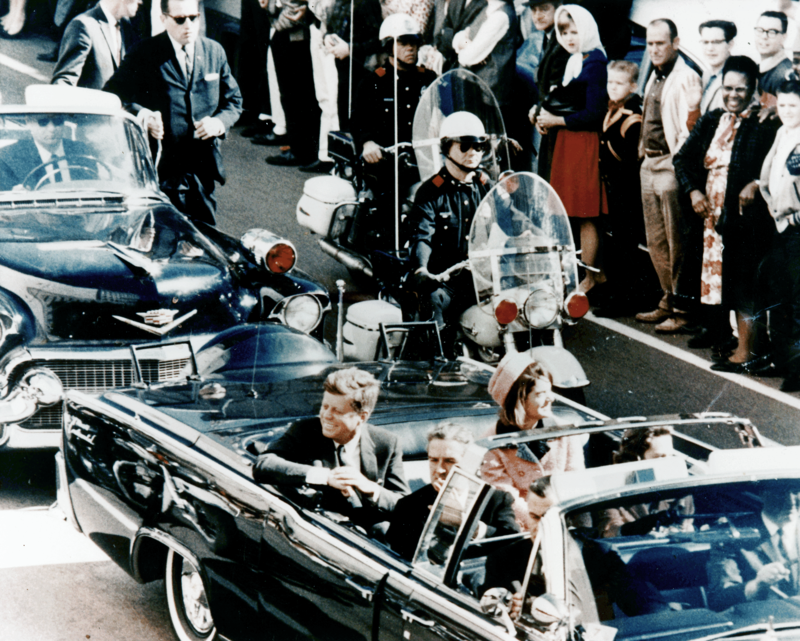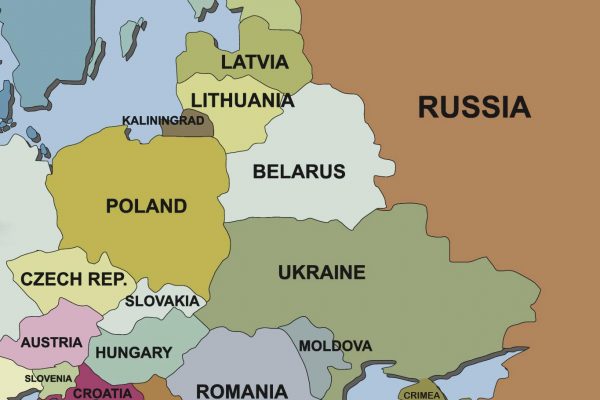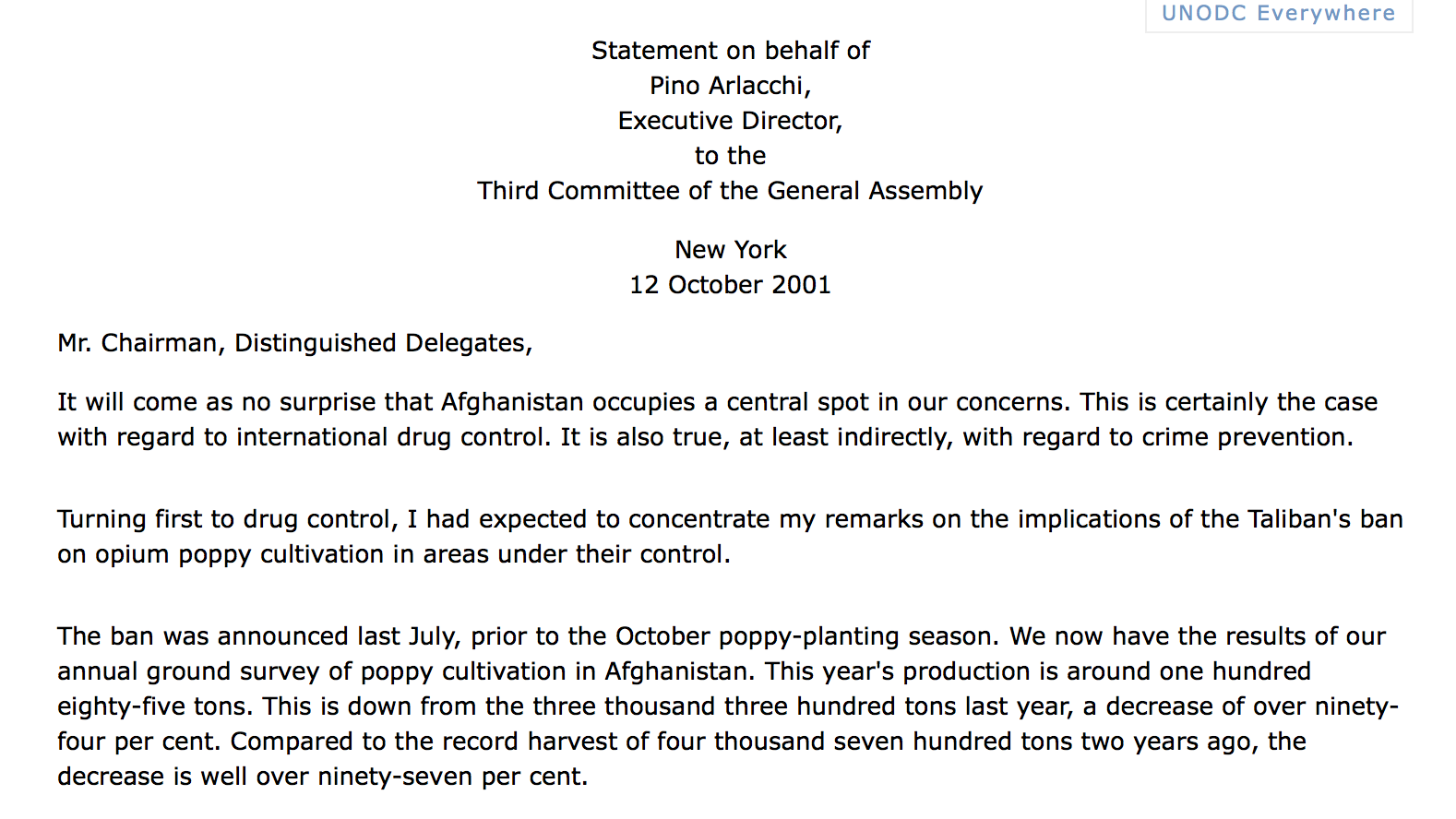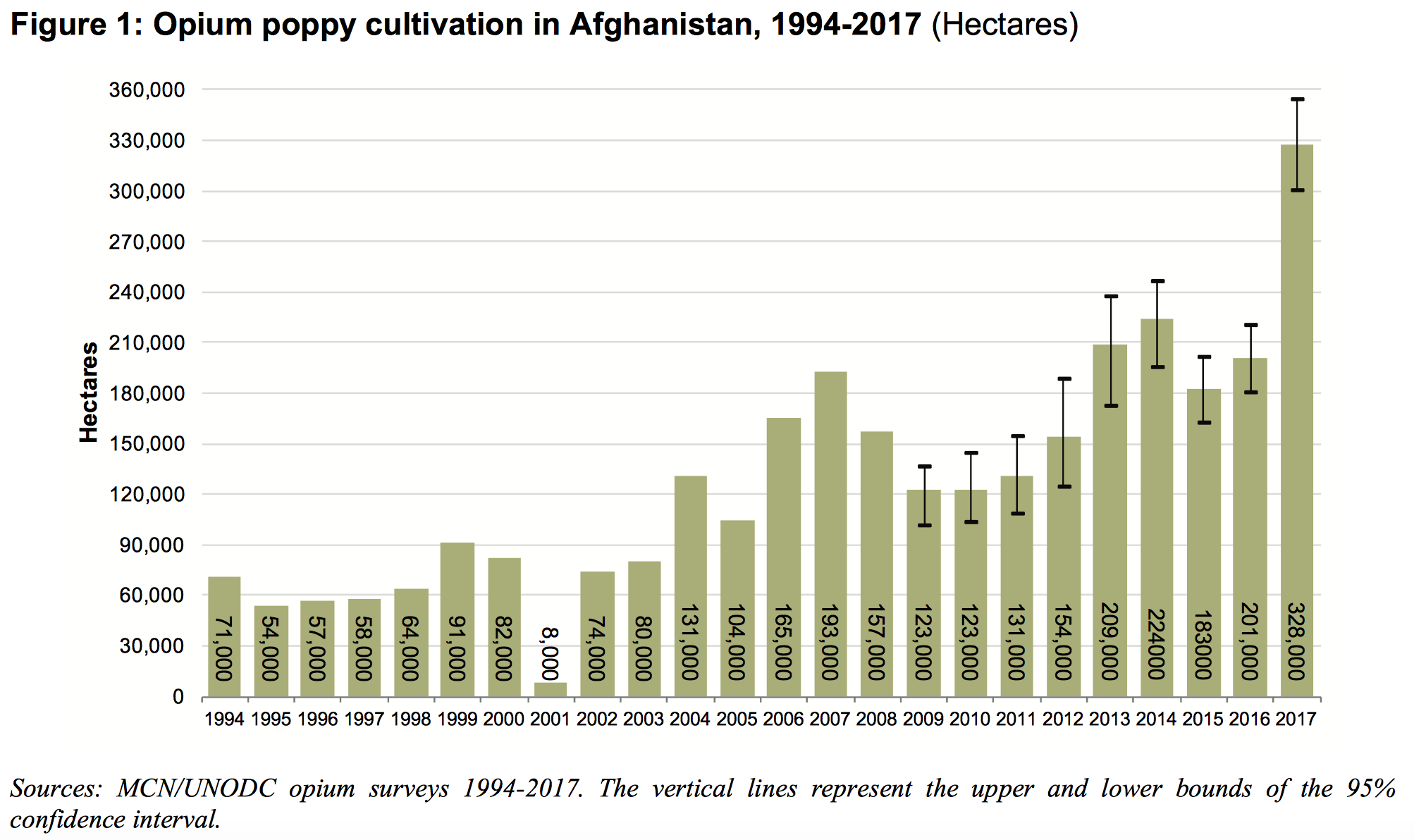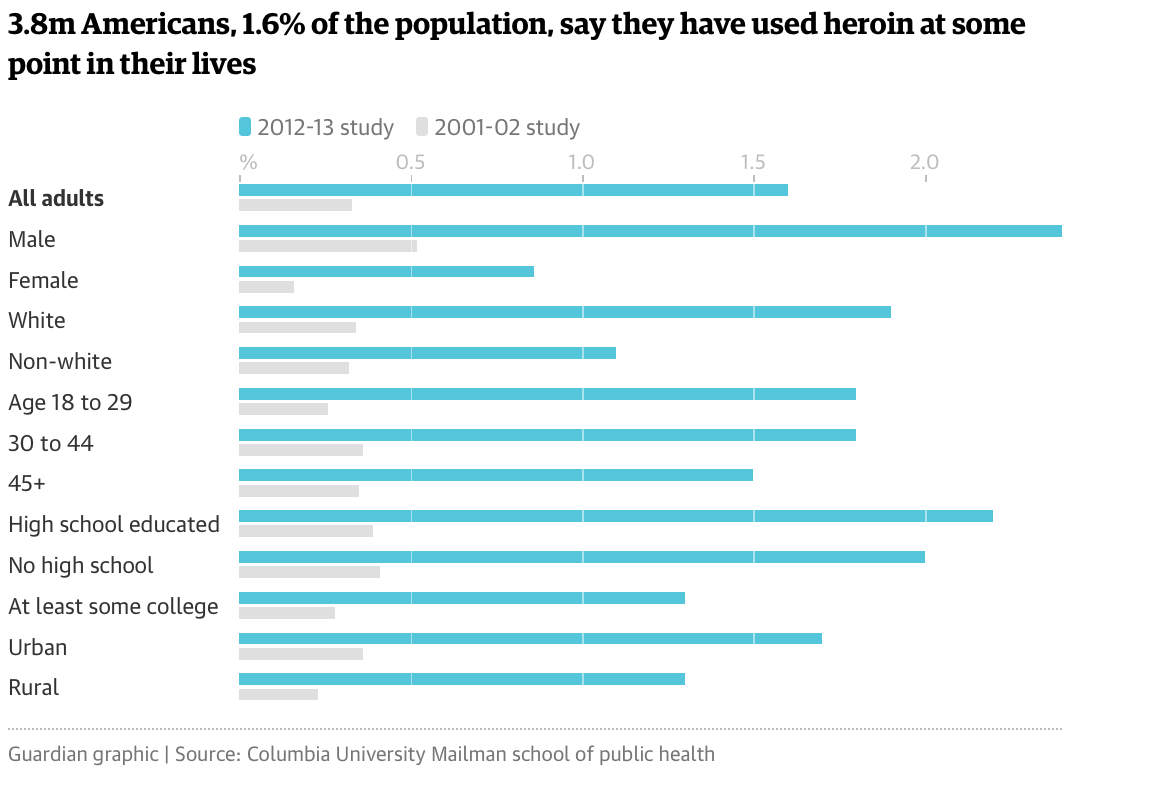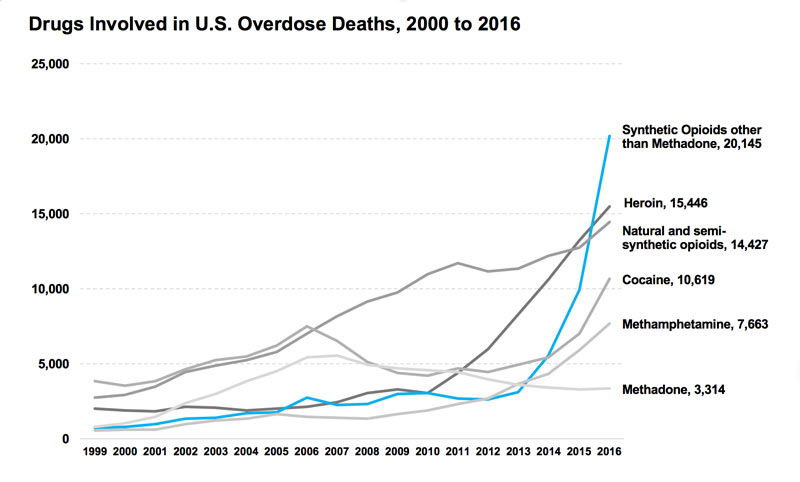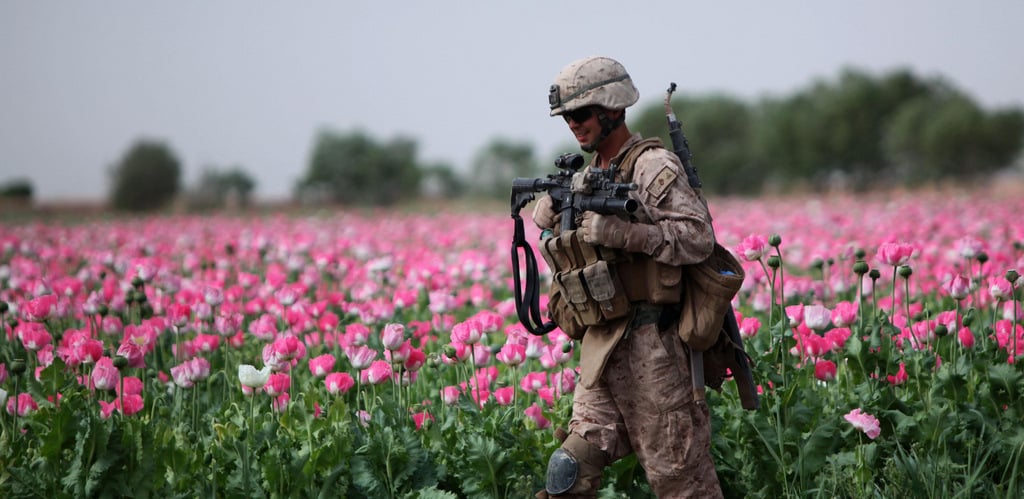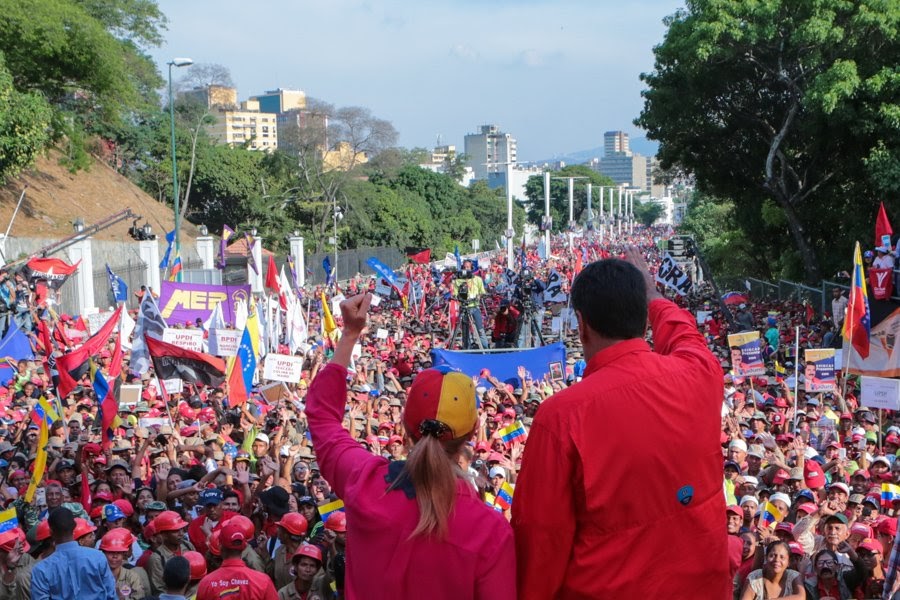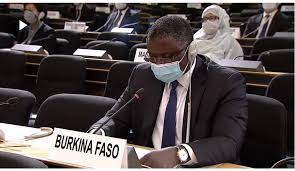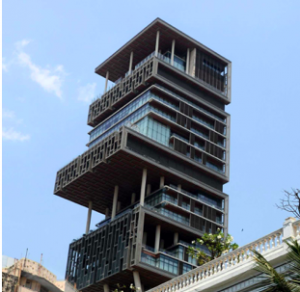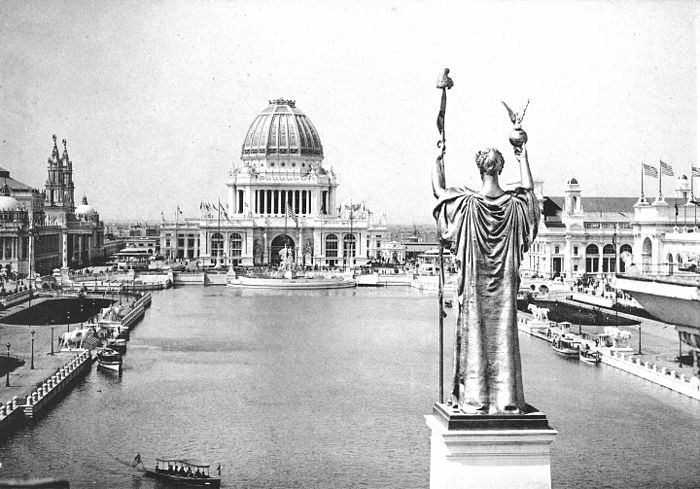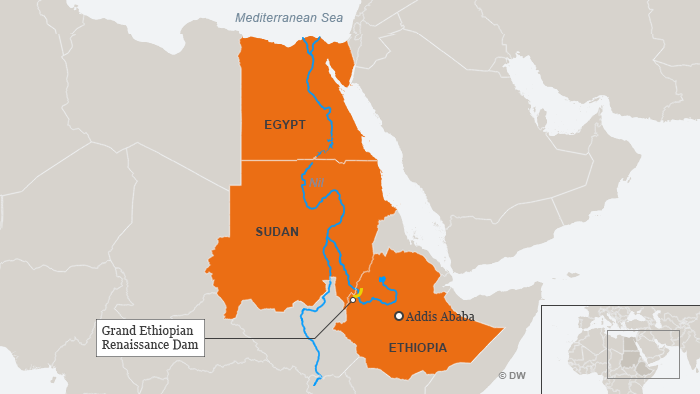Prologue
One of the graver risks for big-time criminals is that investigators will be able to identify them and their deeds by ‘following the money’. The criminals have to hide the proceeds of their crimes. This is done by depositing their monies into legitimate finance houses and businesses. It often requires some fancy book-keeping tricks and intricate transactions. This is called layering by the afficionados of this dark art. Once it is done, the criminals can draw on the accounts created and mix the ill-gotten gains with legally garnered capital. The term for this is ‘integration’ and it makes the investigators’ tasks much harder. The rotten fruit of crime will have been laundered.
In 2012, HSBC, a global bank, whose origins are connected to Hong Kong and Shanghai and whose headquarters are now in London, admitted that it had participated in funneling what it acknowledged to have been suspect money, including some used to breach sanctions imposed on US enemies. It had helped launder $881-million for Colombian and Mexican drug cartels, including the notorious Sinaloa cartel headed by Chapo Guzman. The US Department of Justice, which obtained HSBC’s admission, reported that the cartel’s operatives deposited hundreds of thousands of dollars daily and that it was made very convenient for them: HSBC branches designed teller windows with the precise dimensions to fit the cartels’ boxes when they were delivered by their employees. Caught with its fists in drug money boxes, a settlement was agreed-to by HSBC. The bank agreed to pay what was then the largest fine ever, $1.9-billion (which was the equivalent of 5 weeks of the bank’s global income), and entered into a Deferred Prosecution Agreement that promised that they would not do any of this again. The bank is currently the 7th largest bank in the world.
Extradition
For some time now, Hong Kong has seen massive street protests as many people want more of a say for themselves in governance and less of a say for Beijing. In the midst of the chaos, Hong Kong’s legislators proposed to ink an extradition agreement to which China would be the other signatory.
Extradition treaties are arrangements whereby a nation state agrees to return to its partner-nation to the treaty people alleged to have committed criminal acts against that other nation’s laws. It is meant to prevent alleged criminals from avoiding the consequences for their misconduct by escaping to another jurisdiction. When a request for extradition by a signatory to a treaty is received, a court there is to determine whether the application should succeed. It is not its task to question whether the person actually committed a crime. It merely has to determine whether it is the kind of crime which could lead to prosecution if the conduct had occurred in its jurisdiction. This gives the process its legitimacy because it gives effect to legal values shared by both parties to the extradition treaty. The court considering the request has no interest in whether the conduct actually amounted to a crime, either in the applicant nation or in its own. It assumes the facts as alleged by the applicant nation and then determines whether that conduct would amount to a violation of its own laws if it occurred in its jurisdiction.
It is, then, a judicial exercise which is purely formal. It does not make any findings about the issues between the applicant for extradition and the person resisting extradition.
Although this was the essential nature of the Hong Kong Bill, it met with fierce resistance: huge marches, physical fights in the legislature. The protests added fuel to the already widely burning fires of dissent and the Hong Kong government withdrew the Bill. In addition to the upheaval and violence in the streets, the government was likely somewhat influenced by the great show of support for the anti-Extradition Bill movement in countries such as the UK, the US and Canada. This anti-extradition stance by these nations seemed to sit uneasily alongside the fact that they had signed on to many similar extradition treaties themselves. But, they bought into the argument made by the Hong Kong dissidents. This was that, even though an extradition request made by China would be vetted by Hong Kong courts steeped in the principles and values of English common law, the proposed treaty would allow China to use extradition requests for crass political purposes, to help it chase down political opponents and agitators. It would lead to attacks on precious freedoms. Even though the proposed treaty ‘looked’ much like any other, it was likely to be used for unacceptable purposes. This sort of thing would never occur in the UK the US or Canada because, unlike China, they respected and lived by the Rule of Law.
The Lore and Lure of the Rule of Law
Canada’s legal system presents itself as embodying society’s shared values and norms. They are embodied in principles and the instrumental rules devised to give these fundamental principles life. This presupposes that the basic principles can be found and defined and that the rules will be appropriately fashioned and applied. The conventional view is that the judiciary is an independent institution and can be trusted to go about the finding of principles and the interpretation and application of rules in a non-partisan, in a non-political, manner.
Courts will treat all private individuals, whatever their social or economic circumstances, as legal equals whose disputes must be settled by the application of known, rational criteria. Rationality, of the legal kind, is to replace political and economic power, that is, irrational power.
The courts abide by generalizing principles and specific rules. The rules have to be spelled out clearly; citizens are to know of the existence of those rules; new rules should not apply retroactively. The principles and rules are to be applied even-handedly, regardless of status and class. The access to this justice system should be equally available to one and all. These are some of the ingredients of what is so often termed the Rule of Law. It is an attractive system because it suggests that everyone is subject to the same laws and requirements, that political or economic power is not allowed to deny anyone their entitlements or rights established in law. The UK, US and Canadian view is that it, or any equivalent, regime does not exist in China. But, while the idea of it certainly exists in our rather self-satisfied Anglo-American settings, its implementation may leave something to be desired.
While our courts are punctilious about following the procedural safeguards which make up the Rule of Law, they have an enormous amount of leeway when determining how substantive principles and rules are to be interpreted and applied. They are in a position to launder otherwise politically troubling, anti-liberal, anti-democratic, policies and decisions. What happens is a mixing of the adherence to procedural formalities which abjure bias and prejudice with the manipulation of substantive laws which incorporate bias and prejudice. The integrated outcome is analogous to the consequence of the criminals’ mixing suspect monies with legally acquired assets. It makes it hard to see whether there was a political wrong in the first place. It is a form of laundering, legalized laundering.
The recent proceedings in Canada dealing with the US demand that the Chief Financial officer of Huawei, Meng Wanzhou, be extradited to the US brings some of this into the open. The Supreme Court of British Columbia ruled that Meng’s argument that there was no legal basis for extradition was rejected. Canada’s talking heads and chattering class sighed with relief. The self-proclaimed liberal Toronto Star’s editors welcomed and characterized the virtue of the decision: “Beijing must understand: out courts don’t serve the government… It’s called ‘rule of law,’ a concept foreign to China’s Communist Party and its mouthpieces.” Apart from their evident cold war genre chauvinism, the editors undoubtedly were glad to have any doubts about the Trudeau government’s and Canada’s allegiance to the Rule of Law stilled.
The recent embarrassment caused by the tawdry behaviour of almost every cog in the ruling class’s legal engine room during the SNC-Lavalin scandal which involved the government forcing its own Minister of Justice to resign because she wanted to act independently and deny a flagrantly wrongdoing corporation any kind of soft landing, now could be pushed aside as an uncharacteristic violation of Canada’s basic principles. To them, the Meng ruling signified that, once again, Canada was entitled to be smug, to assert that it was to be envied because of its stout adherence to an unalloyed good, the Rule of Law.
The Ruling in the Meng Case

It all began with a warrant issued by a New York court for Meng Wanzhou’s arrest in August 2018. She was not there. On December 1, 2018, after an extradition request from the US, Meng was arrested by Canadian authorities when she landed in Vancouver. On 28 January 2019, formal charges were laid by the US Department of Justice, accusing Meng’s employer, Huawei, of misrepresentations about its corporate organization which had enabled it to circumvent laws that imposed economic sanctions on Iran. Huawei was also charged with stealing technology and trade secrets from T-Mobile USA. Meng, the Chief Financial Officer of Huawei, was charged with fraud and conspiracy to commit fraud. Huawei pled not guilty to the charges of violating the Iran sanction provisions in a New York court and not guilty to the stealing charges in a Seattle court. After a number of preliminary legal skirmishes, the extradition hearings against Meng began in 2020. Associate Justice Holmes issued her ruling on 27 May, 2020. Law takes its time.
Meng had told HSBC officials who met with her in the back of a Hong Kong restaurant in 2013 that, despite the allegations in a newspaper article, Huawei had not made improper use of a closely associated firm, named Skycom Tech, to supply US materiel to Iran. The reason she had made this statement to HSBC, it was alleged, was that Huawei used HSBC as a banker when transacting business. If Huawei, as alleged, was implicated in violations of the Iran sanction laws, HSBC might well be held to be complicit in such crimes. The US alleged that Meng’s representations to HSBC constituted fraud under its law.
Meng Wanzhou argued that, for a case of fraud to be made out, in both the US and Canada, it was necessary for the prosecution to prove that the fraud materially contributed to a tangible loss. This could not be made out here. For Meng’s deception of HSBC to cause it a tangible loss in the US, it was necessary for US prosecutors to invoke the impact of another law, the Iranian sanction law. Without it there would not be any harm and, therefore, no fraud in the US. As Canada did not have any such sanction provisions in place, Meng’s deception would not have led to any tangible loss in Canada and there would have been no fraud committed in Canada. This argument that the basic requirement for extradition – mirroring laws – had not been met, was rejected by Associate Chief Justice Holmes.
She deployed standard legal reasoning that is, she looked for previous holdings and used the imprecisions she found in them and in the wording of the legislation she was interpreting. Holmes found that previous decisions had held that, in order to determine whether the conduct in the applicant jurisdiction created an offence, it was necessary to assess the essential nature of that conduct. That meant evaluating the foreign conduct in its context, in its legal environment. Meng argued that looking at the legal environment required taking a foreign law, one distinct from the laws being compared, into account, something which should not be done under the Extradition Law.
The presiding judge responded that only some aspects of the legal environment, constituted by that other law, had to be taken into account, not all of it. It was her job to say which aspects could be so used. Holmes admitted that she was going out on a limb because the distinction between looking at some aspects of a foreign law and taking the actual law into consideration is fraught, both as a matter of logic and of established law. She wrote that “the issue is at what level of abstraction… the essence … of the conduct is to be described… there is little authority or precisely what may be included in ‘imported legal environment’.”
Undeterred by the lack of any known criteria (remember the Rule of Law!), she used what she likely calls her common sense and what Meng’s supporters probably think was her unconscious bias. Associate Justice Holmes decided that, in this case, it was appropriate, when looking for the essential nature of the foreign conduct, to look at the effects of that US law, the Iran sanction law. As its effects made Meng’s deceiving conduct fraudulent in the US, and as deception is the core of fraud in Canada, the essential/contextualized nature of Meng’s conduct satisfied the essence of fraud as defined under Canada’s Criminal Code. Lawyers call this sort of finessing good lawyering; in the wider community it is seen as legal chicanery. Holmes ruled that Canada was free to extradite Meng.
Laundered
All that effort to put Wanzhou Meng’s fraud into legal context and not a scintilla of regard for the political, social and economic context of the case!
Everyone, literally everyone, knew what had led the US to charge Huawei and its CFO. It was to obtain bargaining chips in its fight with China. It was to persuade its citizens that it was right for the government to deny them access to cheaper goods and a better 5G system because China would abuse its growing economic influence and enhance its spying potential. It was to make China more pliable when the US demanded better trade terms and more protection for its intellectual property, etc. There was no attempt to hide any of this.
Did the Canadian government understand this? Of course. Did it feel it had to allow the US to use Canada’s supposedly neutral legal machinery to further its political project? Of course. Could the Canadian government have said “no” and simply turned a blind eye when Wanzhou Meng landed in Vancouver? Of course.
Was Associate Justice Holmes, at the very least, in a position to guess all of this? Of course.
The Supreme Court of British Columbia had the timelines of the saga before it. All the events that led to the fraud charges occurred years before the tug-of-war between the US and China turned into a full blown version of a new cold war. Meng’s alleged misrepresentations to HSBC occurred in August 2013, several months after Reuters had published its report on the links between Huawei and Skycom Tech. that supposedly led to Iran being supplied with US materiel.
It took five years for the US to charge Huawei and Meng. It took five years for its righteous indignation about Huawei’s and Meng’s violations to reach fever pitch. It took five years for the US to decide that a deception of one set of private entrepreneurs by other private entrepreneurs ( a garden variety event in an aggressive competitive milieu), a deception which took place in a far away jurisdiction, presented a danger to the integrity of the US justice system. That integrity had not been seen as severely threatened when the masters of the universe deceived millions of people during the subprime mortgage scandals, at least not sufficiently to charge any of the more senior perpetrators. None of this was of any concern to the Supreme Court of British Columbia. The court was only concerned with the narrowest of decontextualized legal issues before it. Its certainty that its only responsibility was to the Rule of Law signified to it that it should not be troubled by the possibility that it might be used as a pawn, by either the US or the Canadian government or both.
Nor was this lack of concern shaken by President Trump’s highly publicized statement to Reuters (the outfit which had written the report which started the ball rolling), made just after Wanzhou Meng was released on bail. Trump said that he would certainly intervene in her case “if I thought it necessary” to help forge a trade deal with China. Undoubtedly some people (especially lawyers) might think it right and proper for a court to ignore a blatant admission by a craven politician that the supposedly independent system of law of both the US and Canada was being used for partisan political purposes. After all, the statement had been made extrajudicially and had not been put before the court. While the judge might have known about the Trump intervention, much as she knew that the US and China were having a political tug-of-war and that Canada had been drawn into it, the wilful blindness demanded by the Rule of Law demanded that she make no reference to any off this knowledge.
This reasoning makes no sense to anyone not held in rapture by the Rule of Law fantasy. Immediately after Trump made his provocative statement, Trudeau realized that the public might draw the inference that Canada was just bowing to its Big Brother ally and permitting it to abuse the Canadian justice system. It evoked the notion that the US and Canada were just one country with two systems. He was forced to respond.
Trudeau issued the following statement: “Regardless of what goes on in other countries, Canada is and will always remain a country of the rule of law.” The message was clear: we, the elected government and its executive have nothing to do with any of this; we rule an independent country; we have an independent legal system and it makes these kinds of decisions. We respect this and abide by the results. When it comes to the extradition of Meng, we, the politicians, like Pontius Pilate, wash our hands off the whole mess. It has nothing to do with us. It is not a political matter.
This is why the editors of the Toronto Star and all other opinion moulders greeted the ruling in the Meng case with such acclaim. By ignoring all the real facts underlying the dispute, the court had given support to the Canadian government’s pretence that the Meng case had not raised questions about its participation in a complex set of political, economic and ideological controversies. Their role had been laundered. If the outcome suited the US in its struggle with China, this was incidental; Canada’s government had not pushed for such an outcome because it believed in the Rule of Law. These cheerleaders pointed out that, if Canada had interfered with the judiciary’s operations, it would certainly have pushed for a different result.
As it was, the judicial ruling could only strain relations between Canada and China, a most undesirable state of affairs as Canada hoped to have China release two Canadians accused of committing serious offences in China; more Canada had no interest in imperilling important trade relations with China, as the judicial ruling might well do. That is, the result may be a political win for Trump, but a loss for Trudeau, two Canadian citizens and, likely, some farmers and manufacturers if China uses its economic clout to punish Canada.
So viewed, the judicial outcome gives the impression that the government had not played any part in the decision-making. It should, therefore, not be held politically responsible for the consequences. The government had acted righteously, it had been true to the Rule of Law. Its conduct had been sanitized, laundered.
Of course this argument is not as strong if the judicial outcome is not seen as inimical to the government. What did Canada actually want? We can only guess. But it is to be remembered that the government did detain Wanzhou Meng; if it had not done so, the worst that would have happened is that the US might have been annoyed. Assuming, as it makes sense to do, that Canadian officials understood full well what the US was up to, the detention suggests, although it does not prove, that the government was not opposed to the obvious political and economic goals of the US. More strongly, it indicated that it was willing to support those goals. After all, it knew the risks it was taking. The headline in the Ottawa Citizen on 15 December, 2018, read: “Abelev: In the Huawei case, Trump has enlisted in a game Canada can’t win.”
Another glimpse of the Canadian government’s thinking is provided by Prime Minister’s request that John McCallum resign from his post as Ambassador to China after he had made public statements which indicated that he thought the case against Meng was trumped up and, therefore, should lead the government to reject the extradition request. This would help Canada in its negotiations with China which, in apparent retaliation, had jailed two Canadian citizens.
Implicit in McCallum’s intervention was a reference to a legal power that Canada has reserved for itself over extradition processes. The Minister for Justice can, at any moment after a request for extradition is received, abort the process. In Trudeau’s angry reaction to McCallum, he made no reference to this, pretending political interference with the judicial system was to be eschewed. While to some people, then, Trudeau’s publicized disapproval of McCallum’s views (and of similar ones by former Prime Minister Jean Chretien a little later), did dovetail with the claim that the government should not take a position on matters to be determined by a judge, it also suggested that the government would not object too much if the ruling went against Meng, regardless of what it might mean for Huawei, Meng and the prisoners. After all, the justification for the hands-off the justice system proffered by Trudeau should not have been given too much credence.
At that time a full-blown scandal was raging over the SNC-Lavalin affair. Trudeau was brazenly trying to get rid of an independent Minister of Justice precisely because she was thwarting his enactment of a law which was to apply retroactively (remember the Rule of Law!) to save a serial wrongdoing corporation. A curious symmetry weirdly surfaces. The Trudeau government was trying to give its rogue actor, SNC-Lavalin, the kind of gentle treatment the US had given HSBC by giving it access to a deferred prosecution agreement of the kind that the US had given that deviant bank.
There were many polluting particles in the ambient air as the Meng case was processed in the supposedly politically unpolluted atmosphere of law. Undoubtedly, Associate Justice Holmes did her best to blow all these toxic particles out of her mind, as all judges claim to do. But this does not mean that they did not influence her mind-set. We will never know. That is how laundering works: if the dirt which soiled the cloth is rinsed out, all that one is left with is clean cloth. Just what the government needed.
Epilogue
The legal processes have not ended. Meng may appeal the ruling on double criminality handed down by the Supreme Court of British Columbia, arguing the Holmes’ reading of how the essential nature of conduct in a foreign state was to be found was erroneous. Her lawyers do have some plausible arguments to proffer on this issue. Before that will take place, a hearing will be held into Meng’s allegation that, when she was detained in Vancouver, prior to being turned over to the RCMP, the border official obtained Meng’s telephone numbers and passwords and then passed these on to the RCMP. She was detained and questioned for three hours before she was told of her arrest. She claims her constitutional rights were violated and that the RCMP and Canada’s Border Services Agency acted, improperly, as US agents.
This is a claim that procedural safeguards essential to the proper operation of the Rule of Law had been breached. If successful it would make the arrest wrongful and mean that the committal process which led to Holmes’ ruling should be voided. The result of the adjudication on this action by Meng can also be the basis for an appeal. If all of it, the denial of proper process and the Supreme Court of British Columbia’s ruling on double criminality, are settled in favour of Canada, the extradition process can continue, although, as seen, the Minister for Justice can always set the whole thing aside.
There are many other hurdles to clear. The Trump Administration may be replaced, the Trudeau government (in a minority position) may fall before all this is over. It is also difficult to know what steps China will take and how this will influence political minds in Washington and Ottawa. These unknowns highlight how artificial it is to pretend that a request for extradition is a legal, non-political, struggle based on rational aseptic criteria.
To underscore this point, note that, on 4 June, 2020, the US State Department issued a threat. It will reassess its sharing of intelligence with Canada (a member of the so-called Five Eye intelligence network) if Canada chooses to let Huawei market its 5G technology in Canada. This makes it clear that the extradition case was never about a fraudulent misrepresentation to a ‘vulnerable’ foreign bank, but about furthering US efforts to ward-off the danger of an economic and political threat posed by China.
Law and its Rule of Law are convenient tools, no more no less. They should not be granted too much respect. Certainly they should not permit our governments to present themselves as unsullied, as if they have come out of the washing machine, smelling fragrantly.
And, oh yes, after its agreement with the US Department of Justice, HSBC had made much of its new approach and had spent money on better systems to inhibit wrongdoing. On 8 April, 2020, it was reported that HSBC had admitted it had engaged in money laundering in Australia. Maybe it does not require Huawei or Meng to engage in fraud to get HSBC to participate in criminality.
*
Note to readers: please click the share buttons above or below. Forward this article to your email lists. Crosspost on your blog site, internet forums. etc.
Harry Glasbeek is a Professor Emeritus and Senior Scholar, Osgoode Hall Law School, York University. His latest books are Class Privilege: How law shelters shareholders and coddles capitalism (2017) and the follow-up, Capitalism: a crime story (2018) both published by Between the Lines, Toronto.
Notes
Featured image is from The Bullet

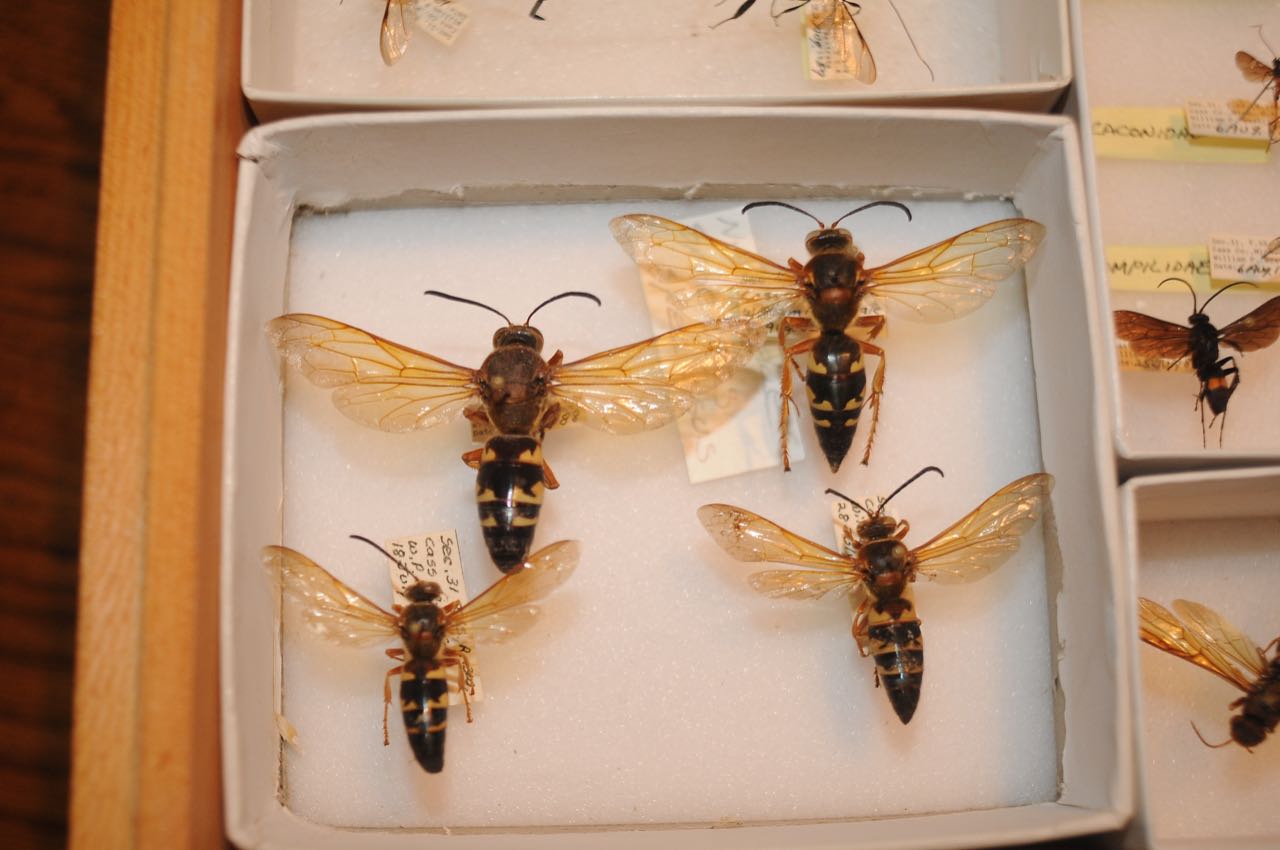



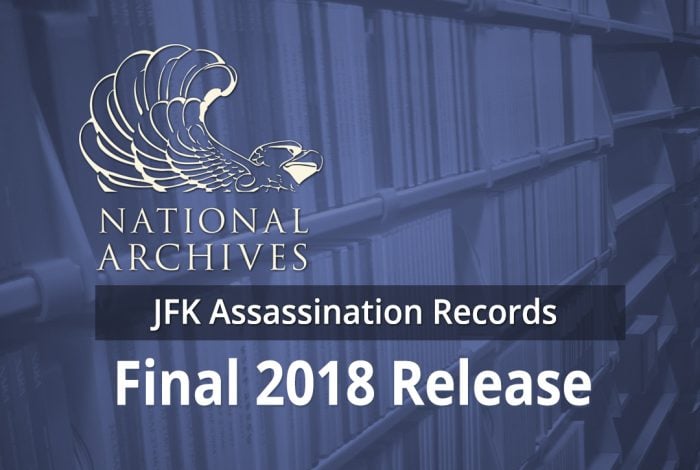 Like many others, I have studied the evidence in the case. After doing that, I concluded that the circumstantial evidence pointing toward a regime-change operation has reached critical mass.
Like many others, I have studied the evidence in the case. After doing that, I concluded that the circumstantial evidence pointing toward a regime-change operation has reached critical mass. 